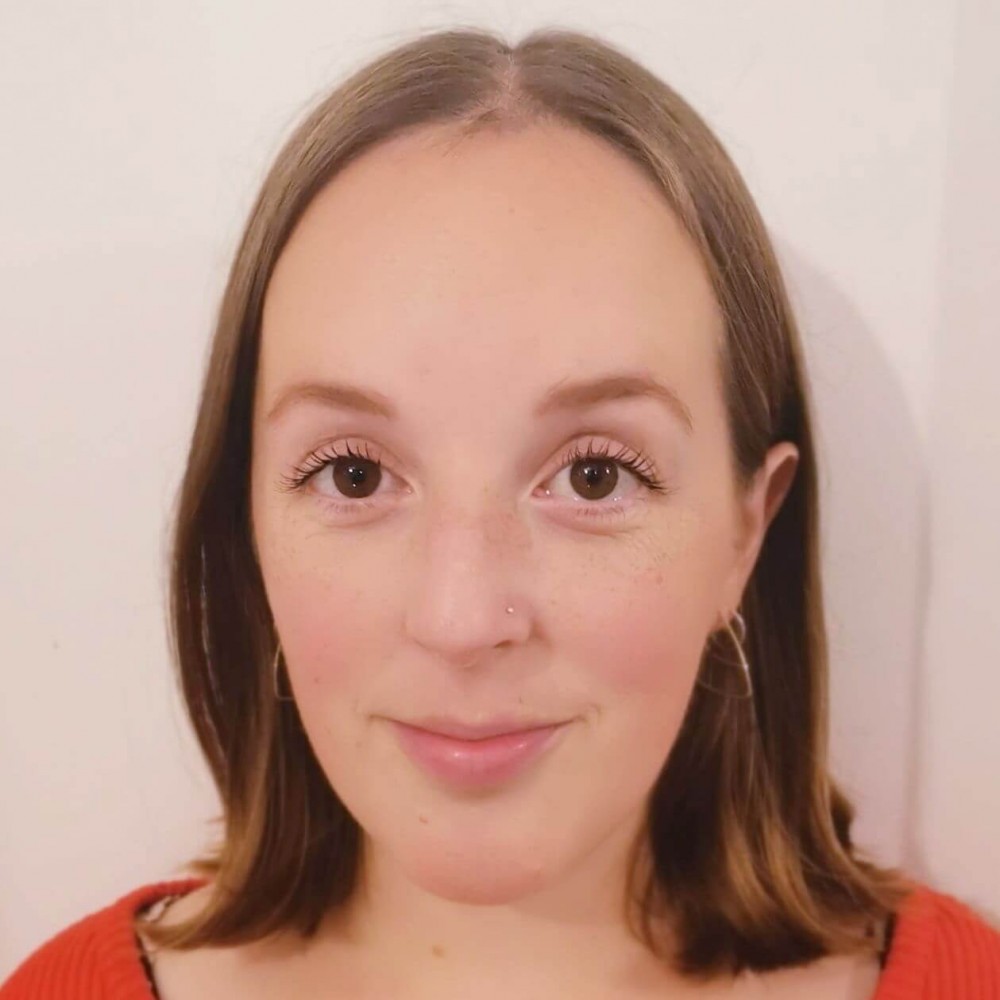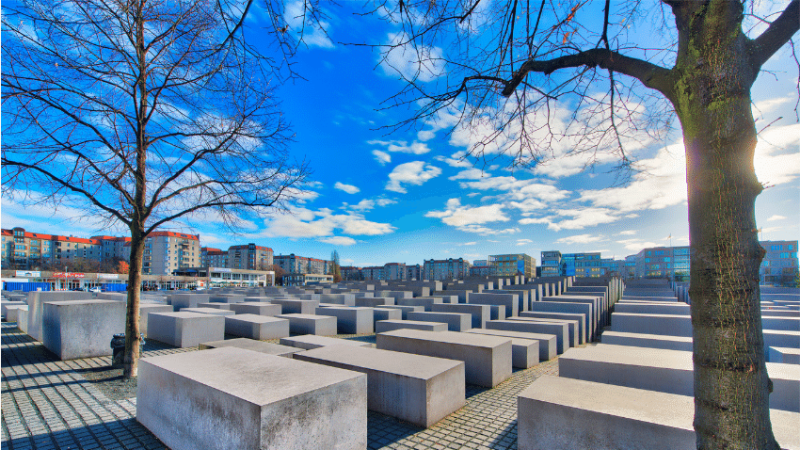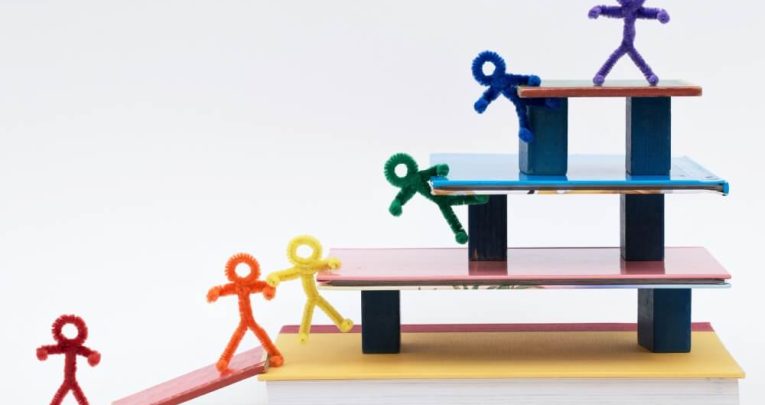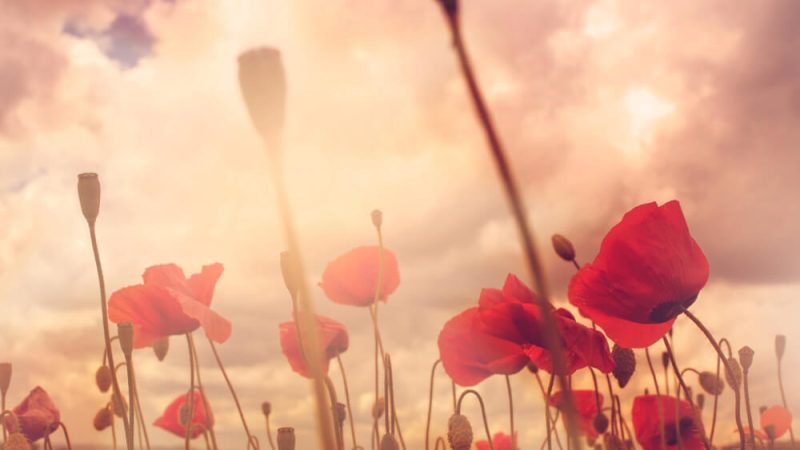Historical objects – Using them to bring the past to life
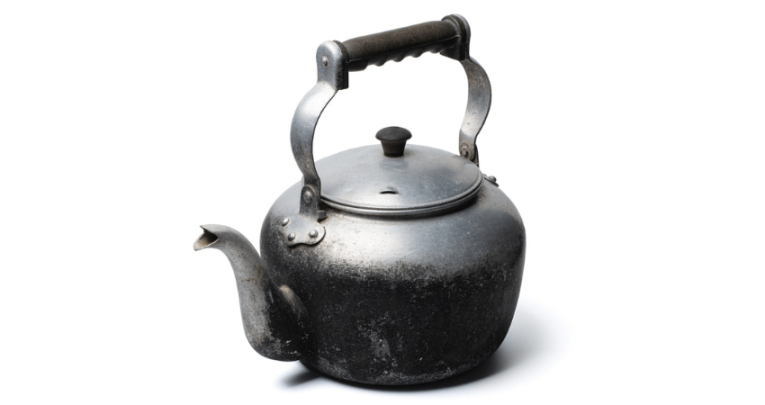
Bring stories, characters or historical events to life with these hands-on activities…
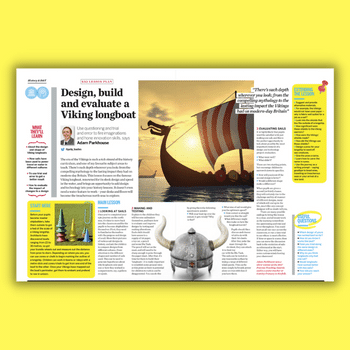
Do your pupils struggle to connect to characters or themes in the stories that you study? Could your class discussions do with a boost? Do the children find it hard to imagine what life was like when studying historical events? Many children I’ve worked with had these same struggles, and I found that introducing historical objects helped to spark discussion, pique interest and engage pupils, leading to high-quality work.
Here are some different ways you can use historical objects in your classroom.
How historical objects encourage deep thinking
First, it is important to get children used to handling objects and thinking deeply about them. Invite them to bring objects from home that are special to them, working through questions designed to get them thinking more deeply (you could also swap objects amongst the class).
Questions could include: What do you think this object is? How does it feel? Why have you chosen that object? Does it remind you of anything or a memory? Why do you find it interesting?
Discovery boxes
Use discovery boxes to explore characters or settings, both fictional and non-fictional. Place images and objects connected to the area of study into boxes, alongside labels (creative or factual).
Show the boxes to the class and use groups to encourage the children to examine the objects, read the labels and make suggestions about what these objects reveal, what they may be studying and what their initial thoughts are. Display their ideas to add to as they learn more.
Teller’s tables
A teller’s table is a useful whole-class activity to employ when first introducing a character. On one table place interesting objects linked to a character.
Encourage the children to look at rather than touch the objects as they form their ideas and questions.
Hand out sticky notes and ask pupils to write down questions or ideas they have based on the props. Stick the questions on one side of the table and their ideas on the other side, ready for discussion.
Free historical objects resources
Contact local museums and libraries for their loan box schemes. Before you use these items in class, explain to the children that they must hold each object with both hands, take care when passing them around and not force any moving parts.
Group the children and assign an object. Use A3 paper to record their thoughts about the object. Explain that they can draw, write or annotate ideas. Leave time for groups to walk around, read the sheets and add questions or ideas in a different colour pen.
Parts and purposes
Use the thinking routine called ‘parts and purposes’ to examine historical objects in greater depth and spark discussion.
- What are all the parts of your object?
- What do you think is the purpose of your object?
- How do the parts work together?
- What would happen if a part were missing or changed?
After the discussion, reveal the name of each object, explaining more about what the object is and how it was used in the time-period studied.
Emily Azouelos is an experienced primary teacher. She creates educational related content for a variety of setting




